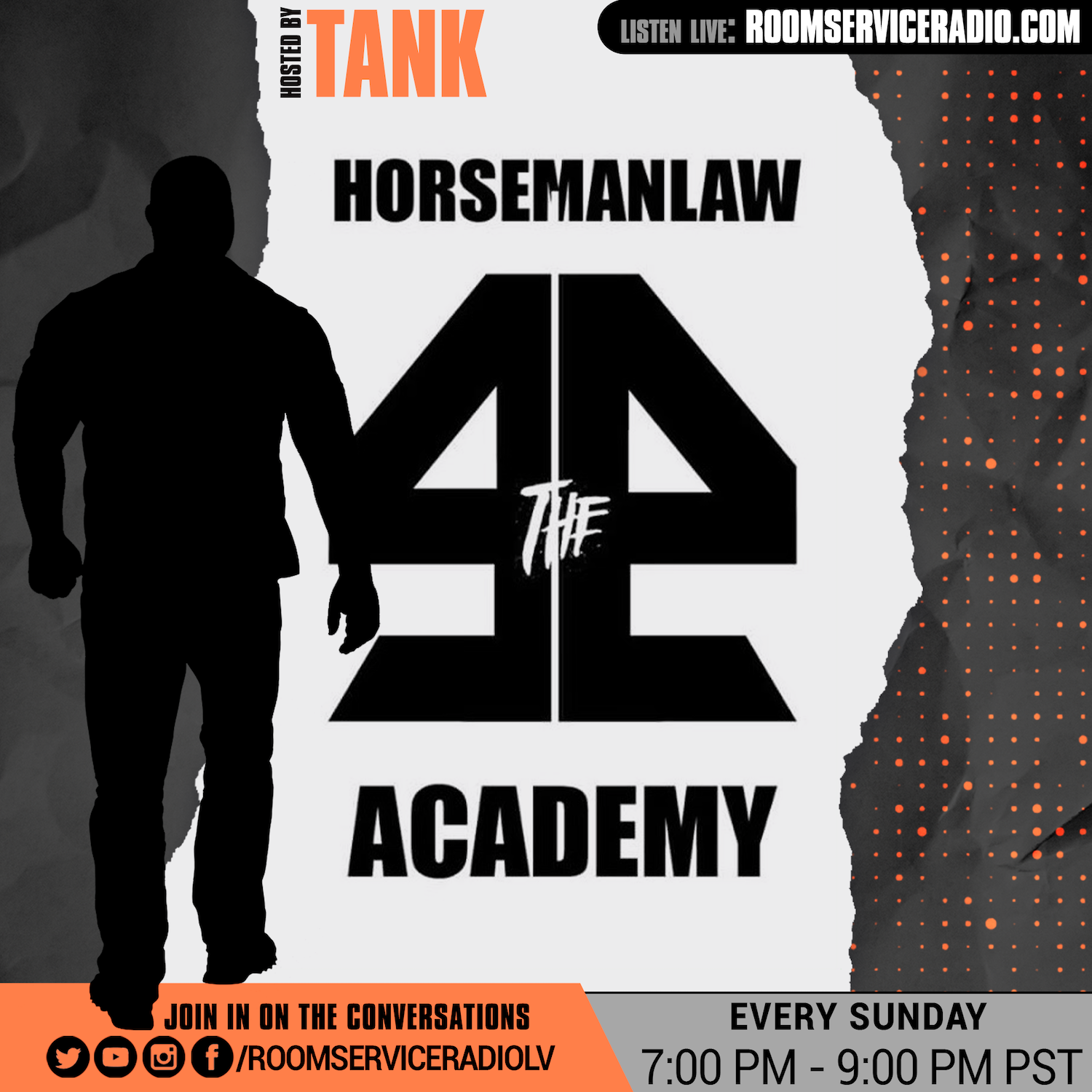
Deadliest plane crashes in Las Vegas history
Though Las Vegas rarely sees plane crashes today, dozens of people have died while flying over the valley in the past 80 years.
Here are Las Vegas’ five deadliest plane crashes, in chronological order:
Jan. 16, 1942: Carole Lombard, others die at Potosi Mountain

The Hollywood star, along with 15 U.S. Army pilots died after their Trans World Airlines plane crashed around the peak of Potosi Mountain.
The Review-Journal reported that the plane failed to clear the top of the mountain and fell 450 yards down the mountainside.
The plane was found the morning after the crash in three feet of snow.
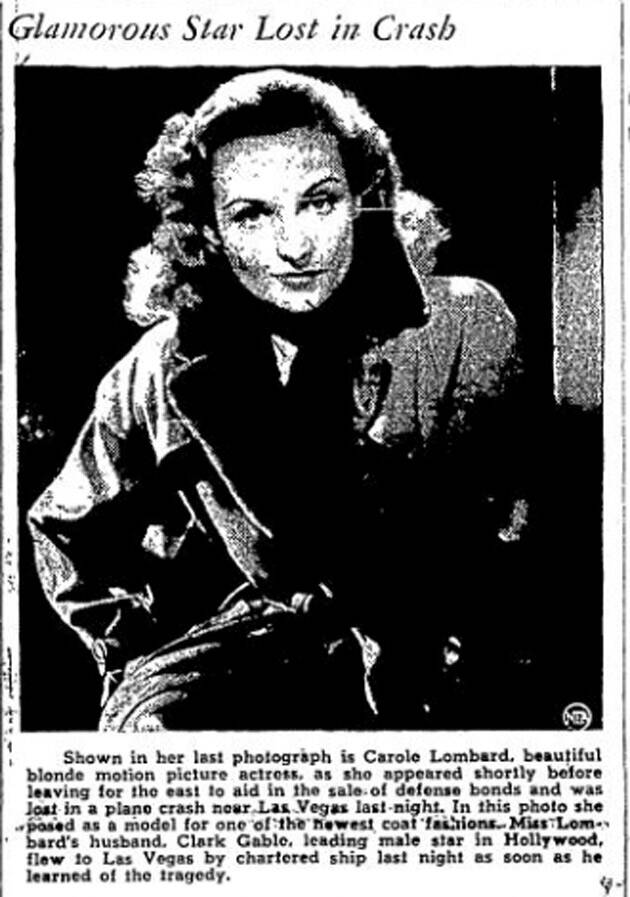
One man who searched with a group to find the plane’s wreckage described his account of the crash site to the RJ.
“Our quick examination of the wreckage indicated that all 23 of the persons aboard had been killed instantly,” Robert Griffin said. “The bodies were strewn around and some of them were badly shattered. … In regard to any certain individuals killed in the wreckage, all I care to say is that only a few army officers’ remains were recognizable.”
Lombard’s husband, actor Clark Gable, later enlisted in the U.S. Army Air Forces several months after the crash.
Nov. 17, 1955: Plane traveling to Area 51 crashes at Mt. Charleston
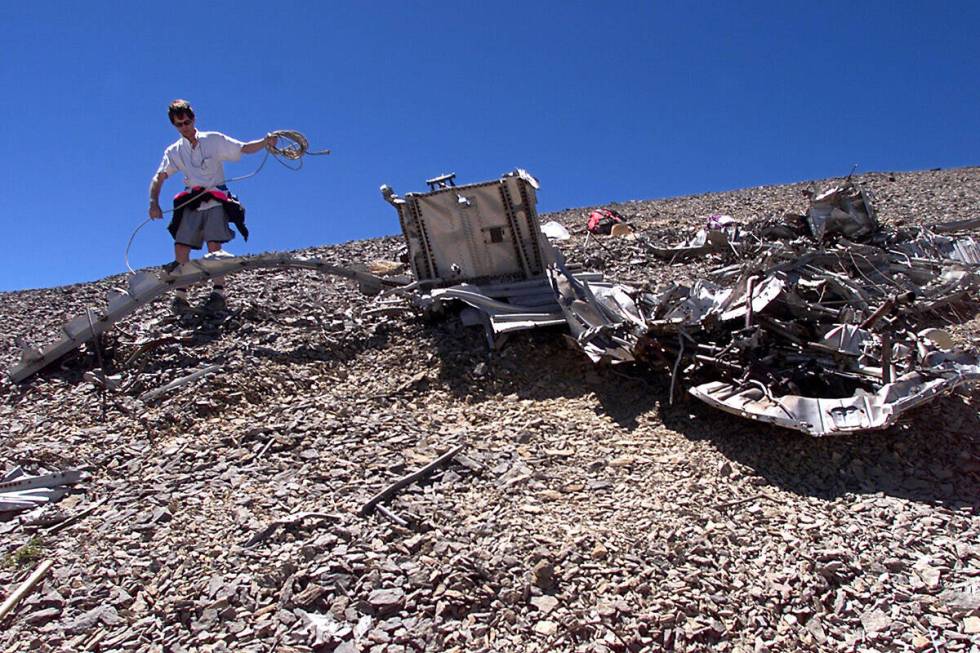
The details of a crash that killed 14 weren’t known until Boy Scout leader Steve Ririe visited the crash site near Charleston Peak in 1998 and later uncovered details of the crash and crew through the Freedom of Information Act.
Reports from the RJ from 1955 speculated that the crashed C-54 plane was headed to Creech Air Force Base in Indian Springs or Groom Lake (Area 51) from Norton Air Force Base in San Bernardino, California.
RJ photographer Dennis Schieck and Nevada aviation pioneer George Crockett flew over the crash to photograph the crash site.
“The wreckage is on the south side of Charleston Peak on a saddle of the ridge, and it appears that the pilot barely hit on his way over the mountains.”
From the start of the crash’s investigation, the U.S. Air Force kept reporters in the dark.
“A complete veil of secrecy was clamped on information on the ground,” Schieck wrote. “Reporters who went to the Charleston area last night and this morning were not allowed anywhere except on private property.”
Forty years later, Ririe shared the details of the crash with the victims’ families, and uncovered that the plane was heading to Area 51 to test the U-2 spy plane. The plane lost radio signal near the top of the mountain during a blizzard, and flew off course before crashing.
The men on the flight were also involved in a secret army that fought to subdue nuclear threats during the Cold War.
In 2015, a memorial honoring the men was installed at the Spring Mountains Visitor Gateway with the crashed plane’s propeller on display.
April 21, 1958: Air Force jet collides with United Airlines plane
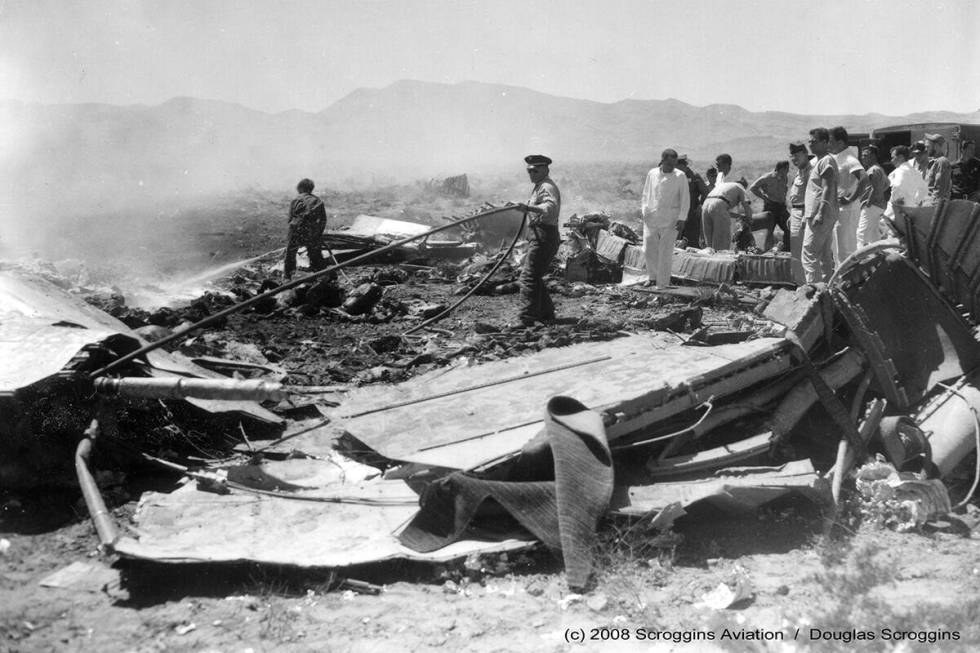
A United Airlines DC-7 plane collided 21,000 feet above Las Vegas with a F-100 jet from Nellis Air Force Base above Las Vegas, killing all 47 people on board the DC-7 and both jet pilots.
The jet, manned by a student pilot with an instructor, hit the plane at about 700 mph. The body of the DC-7 landed in the desert near what today is the intersection of Decatur Boulevard and Cactus Drive.
Schieck, who saw the aircraft collide, shared his account of the crash in the paper.
“I was just approaching the assignment area when I saw an explosion in the sky,” Schieck wrote. “It was followed by a huge puff of white smoke. This was followed by a plume of black smoke.
“Then I saw a plane, pointed at the ground, and spinning. It was a large plane. Flames, a bright orange, shot out the west side of the plane. The fire was above twice as long as the plane itself. The plane was spinning slowly … It appeared to spin three or four times before it disappeared behind the hotels which dot the skyline.”
Schieck drove and hiked several miles into the desert to the DC-7’s crash site with Clark County fire department and sheriff’s officers.
“The bodies, some of them burned, were badly mangled. They just never had a chance in the world.”
Following the crash, President Dwight Eisenhower signed the Federal Aviation Act in August 1958 to create the Federal Aviation Administration, changing how airspace was shared by commercial and military aircraft, and making improvements in air traffic control.
Nov. 15, 1964: Bonanza Airlines Flight 114 crashes in ranch

A Bonanza F-27 Silverdart flying into Las Vegas from Phoenix crashed in the Bird Springs Ranch near Goodsprings after Southern Nevada experienced its worst blizzard in 15 years.
Clark County Sheriff Ralph Lamb told the Associated Press that the pilot almost made it past the rugged range.
“Another ten feet and the pilot would have cleared the peak.”
AP reporter Colin McKinlay reported the morning after the crash that the plane was separated into “three big chunks of wreckage,” and wrote “its silver parts and fuselage were spread out for a hundred yards from the top of the peak and down the northern slope.”
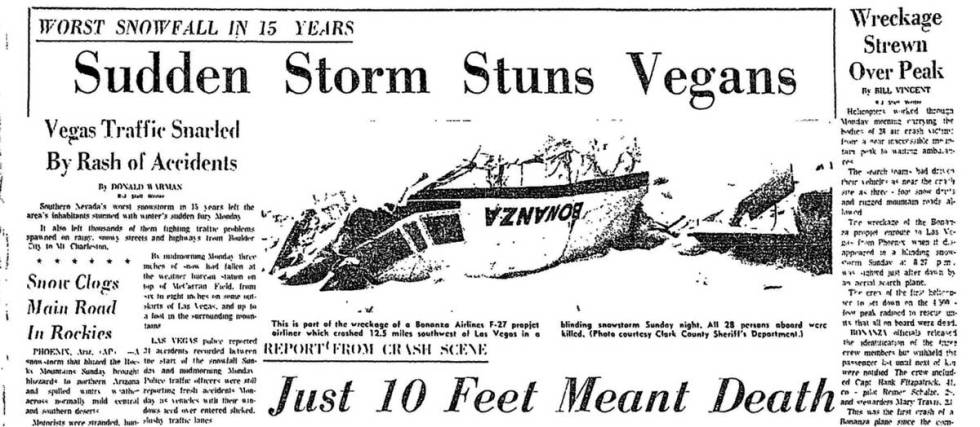
Seeing the spread-out wreckage through the snow made recovery efforts even more difficult with snow drifts over three feet high, he said.
“Only eight of the 28 bodies were readily visible. Others were buried in the snow which fell continuously during the night and apparently largely contributed in the airliner’s violent end.”
The official fatality count was 29 people, according to an aircraft accident report from the Civil Aeronautics Board.
1964 marked a particularly bloody year in Nevada’s aviation history, with 112 people killed in airplane crashes that year.
Aug. 30, 1978: Las Vegas Airlines’ plane crashes in North Las Vegas
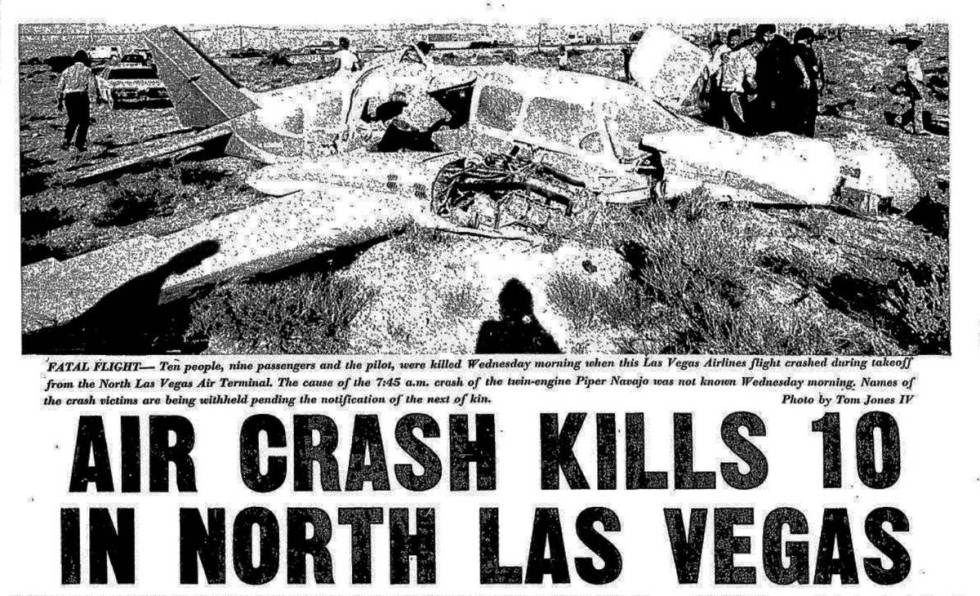
A twin-engine Piper Navajo Chieftain crashed during takeoff in a field near Rancho Drive and Cheyenne Avenue while heading to Santa Ana, Calif.
All nine passengers and the pilot died after the plane hit the ground about 1,000 feet from the end of the North Las Vegas Airport (then-North Las Vegas Air Terminal) runway.
The National Transportation Safety Board determined the cause of the crash to be a malfunction with a bolt that caused the pilot to be unable to stop the plane from flying nose-up and stalling.
The plane made a “high-angle impact,” meaning the plane was at a steep angle when it crashed, a Las Vegas Airlines spokesman told the RJ.
Contact Taylor Lane at tlane@reviewjournal.com. Follow @tmflane on Twitter.
Article written by Taylor Lane #ReviewJournal












